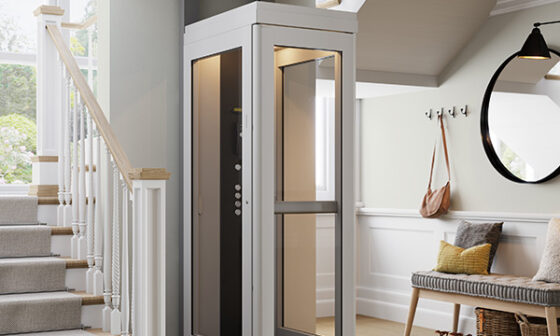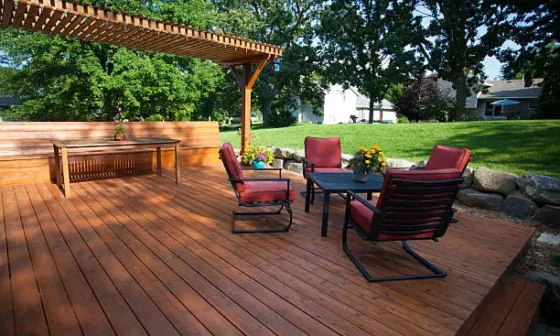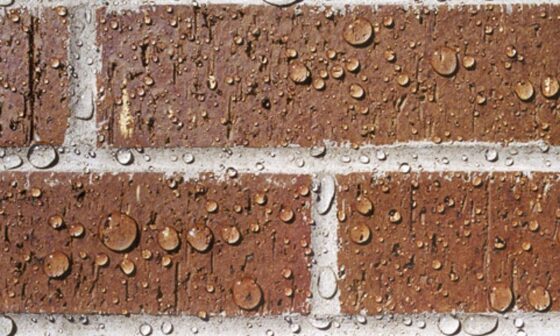
If you’re considering updating your walls or ceilings, you may be wondering if you can plaster over artex.
Artex is a textured surface that was commonly used in homes from the 1960s to the 1990s.
While some homeowners may love the texture, others find it outdated and want a smoother finish. Plastering over artex can be done, but there are a few things to consider before you get started.
Assessing the Artex
Before you start plastering over artex, you’ll need to assess the condition of the surface. If the artex is in good condition and firmly adhered to the wall or ceiling, you can plaster over it without any issues.
However, if the artex is flaking or loose, it will need to be removed before plastering. Loose artex can compromise the bond of the plaster and cause it to crack and fall off.
Preparing the Surface
If you determine that the artex is in good condition, the next step is to prepare the surface for plastering.
This involves cleaning the surface and making any necessary repairs. Use a scraper to remove any loose material, and then sand the surface to remove any rough spots or high points.
Next, apply a coat of PVA adhesive to the surface. This will help the plaster adhere to the artex and create a stronger bond. Allow the adhesive to dry completely before applying the plaster.
Plastering Over Artex
When plastering over artex, it’s important to use the right type of plaster. A plaster that is too thick will not adhere properly to the textured surface, while a plaster that is too thin will not provide enough coverage.
A good quality plaster that is designed for plastering over textured surfaces is ideal.
Begin by applying a base coat of plaster to the surface using a trowel. Spread the plaster evenly over the surface, making sure to cover the entire area.
Once the base coat has been applied, allow it to dry completely before applying the second coat.
Apply a second coat of plaster, known as the skim coat. This coat should be thinner than the base coat and used to create a smooth finish.
Use a trowel to spread the plaster evenly over the surface, and then use a plasterer’s float to smooth out any imperfections.
Finishing Touches
Once the plaster has dried, you can finish the surface with paint or wallpaper. It’s important to allow the plaster to dry completely before applying any finishes to the surface.
Additional tips when plastering over artex
- Use a Thistle Multi-Finish Plaster
When plastering over artex, it’s important to use a plaster that is specifically designed for the task.
Thistle Multi-Finish plaster is an excellent choice because it is a versatile plaster that can be used on a wide range of surfaces, including textured surfaces like artex. It’s also easy to work with and provides a smooth, consistent finish.
- Use a Skimming Spatula
When applying the second coat of plaster, it’s important to use a skimming spatula. This tool is specifically designed to apply a thin, even layer of plaster to the surface.
It allows you to smooth out any imperfections and create a clean, flat surface. Skimming spatulas come in a variety of sizes, so be sure to choose the right size for your project.
- Let the Plaster Dry Completely
One of the most important tips when plastering over artex is to let the plaster dry completely between coats.
If you try to apply the second coat of plaster before the first coat is completely dry, you may end up with a lumpy, uneven surface.
Depending on the temperature and humidity in your area, it can take anywhere from a few hours to a day or more for the plaster to dry completely.
- Sand Between Coats
After the first coat of plaster has dried, it’s a good idea to lightly sand the surface before applying the second coat.
This will help create a smooth, even surface and ensure that the second coat adheres properly.
Use a fine-grit sandpaper and be gentle when sanding so as not to damage the first coat of plaster.
Summary
Plastering over artex is possible if the surface is in good condition and properly prepared. Yes, you can plaster over artex if it is firmly adhered to the wall or ceiling and not flaking or loose.
It is important to assess the condition of the surface and prepare it properly with a PVA adhesive before applying a base coat and a skim coat of plaster.
Finally, allow the plaster to dry completely before applying any finishes. So, the answer is yes, you can plaster over artex, but it requires careful assessment and preparation of the surface.



